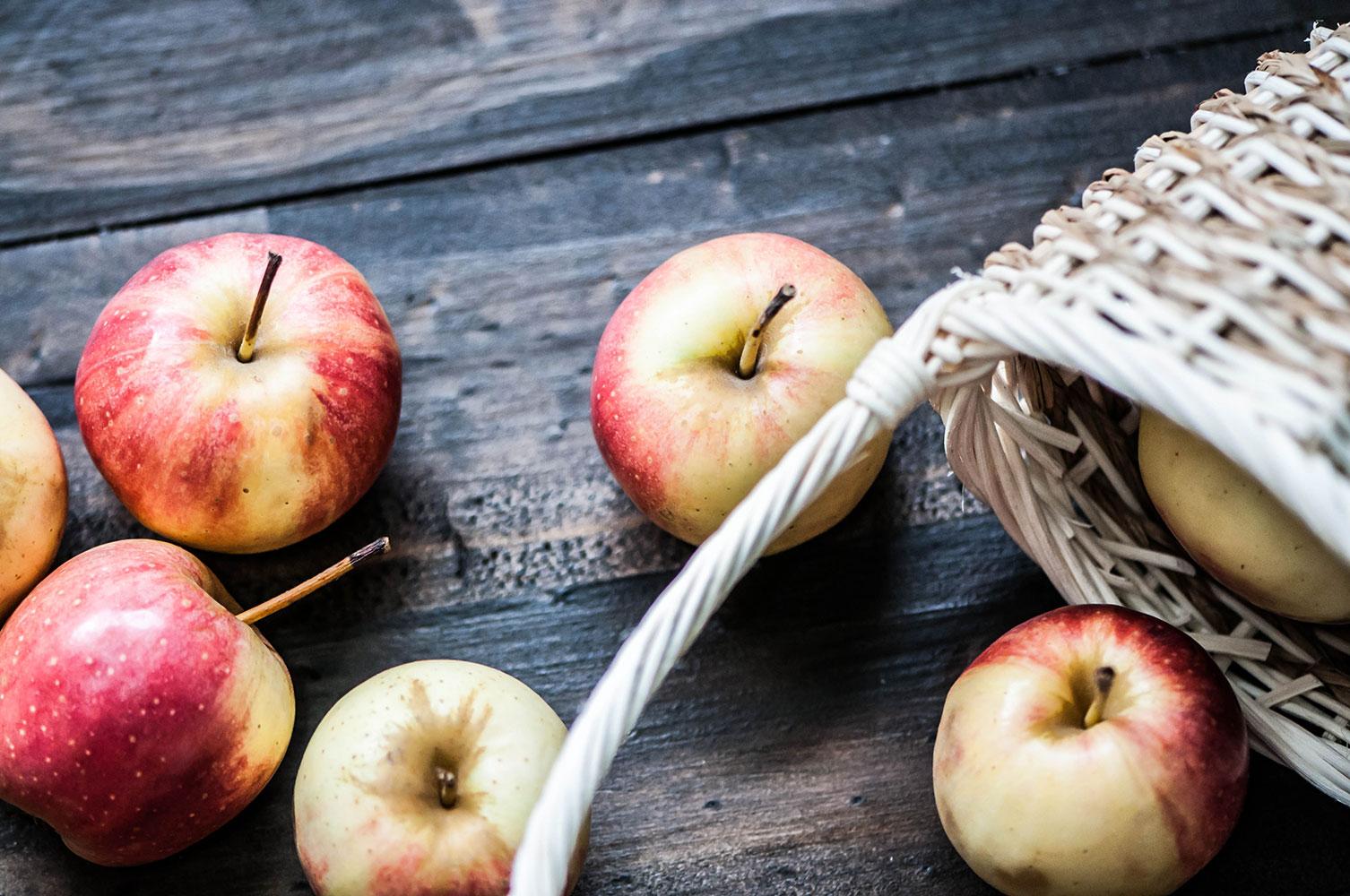
Parenting Virtual Students
Edition 4
Knox County School UPDATE (Deadline to Change Placement)
Knox County Schools will continue to offer two learning options in the semester that begins on Jan. 5, 2021. Students can utilize in-person, on-campus instruction with additional safety measures to prevent the spread of COVID-19, or they can utilize our virtual learning program.
If families are happy with their current choice, they do not need to take any action. However, families that want to switch their learning model – from virtual to in-person instruction, or from in-person to virtual – must do so between Oct. 26 and Nov. 6. More specifically, the deadline to change instruction models will be 3:30 p.m. on Friday, Nov. 6. Families will be able to make this change using an online form that will be sent by email on Oct. 26 or by completing a printed form that will be available at each school.
What is Synchronous and Asynchronous Learning?
Synchronous Learning - Happens in real time. The student, teacher, and classmates interact in a specific virtual space (such as TEAMS) at a set time (Such as first period or at 8:00 am)
Some common ways Synchronous learning happens is through class discussion, teacher lecture, or interaction in large (whole class) or small groups in real time.
Asynchronous Learning - Happens when independent work is being done, usually on a more flexible schedule.
Some examples of Asynchronous learning include using self guided lessons (such as Canvas), woking on reading assignments, independent work, or individual projects.
More BRAIN BREAK FUN
Challenges with Virtual Learning and How to Help Your Student
Please click on the appropriate category for more information.
Internet Availability Survey
Advice From a Parent To Parents (Flexibility)
Ways to Cope with Anxiety (Recommendations from Kid Health)
It's natural to feel anxiety when we face a crisis, the unknown, or sudden change. It's a normal reaction to feel the need for safety, certainty, predictability, and control.
Keep it in perspective and notice the good. Don't let anxiety run the show. It's one part of your emotional life, but it's not the whole thing. Leave room to challenge yourself: Is there anything going well? What positive things have happened that make me think this anxious thought might not be accurate?
Direct your attention or practice mindfulness. When you notice anxious thoughts, know that you don't have to dwell on them. Direct your attention to things that help you feel calm. You can use techniques such as guided imagery (easily found on YouTube or Google Video) or mindfulness practices that help you focus on being in the moment.
Practice breathing. Just pausing to take a breath can calm you in a difficult moment. It can help you pause before you react, and choose how to react. Specifically, "belly breathing" or diaphragmatic breathing is most helpful. Practice for 5–10 minutes a day. Try an app like "Belly Bio" that is free to download.
Accept anxiety as one of your many emotions. Don't ignore it, fight it, reject it, or be afraid of it. Don't judge yourself for feeling it. Be kind. Give yourself permission to be human.
Most Importantly:
Reach out to others. Staying in touch with friends and family is good for you and for them. Feeling close to others reduces anxiety, and has been known to boost the immune system. Even though we're staying home more, we can reach out by phone, video chat, or social media. We can feel close, even while we're apart. Practice physical distancing, but social togetherness.
Off to College: What to Know Before They Go (Pacer Inc)
This interactive workshop for families of youth who will attend post-secondary education programs provides essential information about changing rights, roles, and responsibilities, along with practical tips for student success.
Location: Online Web Streaming



